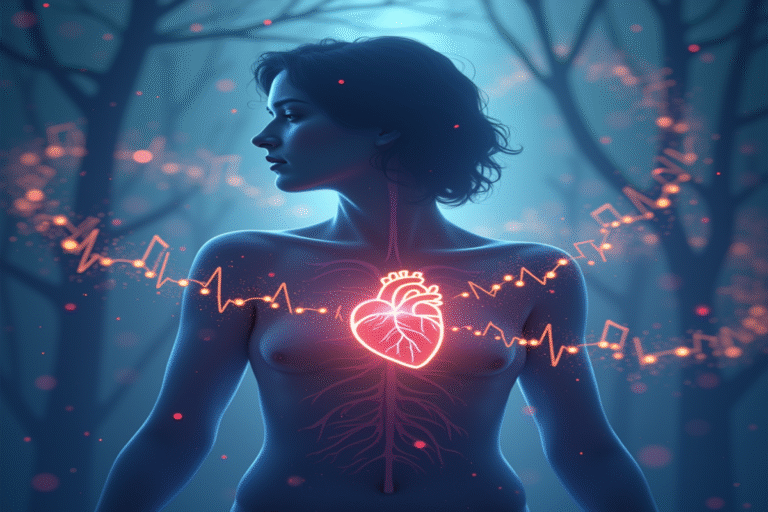Have you ever noticed how a fast-paced, energetic song can make your heart race, while a soft ballad can calm your pulse? This isn’t just your imagination—it’s a real physiological phenomenon called “entrainment,” where your body’s rhythms naturally synchronize with external beats.
The Science of Musical Entrainment
Our bodies work in rhythms. From our breathing to our brain waves, and most notably our heartbeats, we operate through natural cycles. When we encounter external rhythms like music, our internal systems often start to align with these outside patterns—a process known as entrainment.
Dr. Luciano Bernardi, a professor at the University of Pavia in Italy, found that listening to music with a slow tempo can reduce heart rate, blood pressure, and breathing rate. Conversely, faster music increases these physiological markers. What’s remarkable is that this response is involuntary—your autonomic nervous system adapts to musical rhythms without you thinking about it.
How Different Music Elements Affect Your Heart
Several parts of music can influence your heart:
- Tempo: Music faster than your resting heart rate (usually 60-100 beats per minute) tends to increase your pulse, while slower music calms it.
- Volume: Louder music generally causes more arousal and quicker heart rates.
- Emotional connection: A song that means something to you can cause stronger heart reactions than unfamiliar music.
- Genre: Research shows classical music often reduces heart rate, while electronic dance music and heavy metal usually increase it.
The Rhythm-Heart Connection Revealed in Research
In 2009, researchers at Stanford University used functional magnetic resonance imaging (fMRI) to observe brain activity during music listening. They found that music activates areas of the brain involved with attention, prediction, and memory. These same regions help regulate heart rate through connections to the brainstem.
Another study in 2013 published in Frontiers in Psychology discovered that musicians’ heartbeats can synchronize when playing together. This group synchronization shows how deeply rhythm shapes our bodies, creating a shared biological experience.
Beyond Entertainment: Medical Applications
This connection between the heart and music has major health implications:
“Music, especially through its rhythmic elements, offers one of the most accessible ways to influence cardiovascular function without drugs.”
– Dr. Michael Miller, Director of the Center for Preventive Cardiology at the University of Maryland
Doctors now use music in many treatments:
- Cardiac rehab programs use tempo-controlled music to match exercise intensity
- Music therapy helps stabilize heart rates in premature infants
- Special music supports recovery after heart surgery
- Rhythmic auditory stimulation helps stroke patients regain walking rhythm
The Surprising Power of Musical Anticipation
Perhaps most fascinating is how your heart responds not just to what you hear, but what you’re about to hear. Your brain predicts upcoming beats, creating anticipation that changes your body before the music happens. This prediction helps explain why familiar songs often have a stronger effect on your heart than new ones—your body knows what’s coming next.
Try It Yourself: Conscious Music-Heart Synchronization
You can try this effect yourself with a simple activity:
- Pick a song with a clear, steady beat that’s slightly slower than your resting heart rate (about 60 BPM)
- Listen with headphones in a quiet place
- Focus on your breathing and notice your pulse
- Gradually, you may feel your heartbeat matching the music
This shows how your body naturally seeks harmony with external rhythms—a reminder of our deep biological connection to sound and music that has shaped humans for thousands of years.
The next time you choose music to relax, exercise, or focus, remember you’re not just picking entertainment—you’re shaping a physical experience that influences your heart and the fundamental rhythm of your life: your heartbeat.





